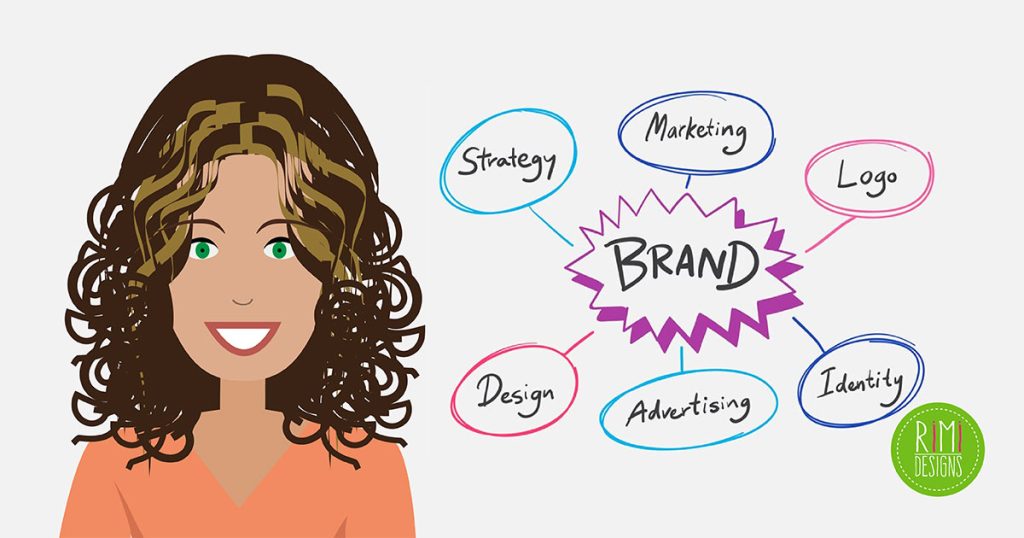
6 Common Branding Mistakes to Avoid
Though small business owners are now fortunate to have access to cost-efficient branding resources, building an effective brand still requires some marketing know-how, including how not to look like the new kid on the block – even when you are.
Here are 6 common branding mistakes to avoid when developing your smll business’ brand.
1. Thinking your brand stops at your logo
Too often, small business owners invest heavily in one area of the brand that they perceive to be the “most important” (like a logo) but then shortchange the many other elements that equally contribute to the brand’s identity in the eyes of the public.
Remember that your brand isn’t just about a logo or your website, but the sum of how all your “touch points” work in tandem. Together, these elements give your business a personality that customers can experience and recognise.
2. Being brand schizophrenic
Regardless of whether you handle all of your marketing functions personally, outsource them to a third party or spread the tasks among a team of employees and interns, your brand “voice” – communicated by way of your logo, storefront, website, staff and social media presence – should all feel like it derives from one place.
Take the time to establish a set of brand guidelines that clearly address what your brand is, says, does and thinks and what it isn’t about. Even the seemingly minute details like the salutations used to address customers on the phone and in emails, and the music they hear when placed on hold, contribute to the perceptions customers form about your brand.
3. Overcomplicating your image
If you’ve identified your mission statement and your target audience appropriately, there should be no confusion as to why your business exists, and for whom.
Your logo should reflect that vision, just as clearly. Choose a design that is equally appropriate and applicable to a variety of mediums and formats, whether on a horizontal billboard, an Instagram profile or a vertical print ad.
To meet that level of variety, be mindful of design elements, like graphics and typefaces. You may need to remove your tagline when you encounter space constraints, so make sure your logo paints a clear picture of what your business does on its own.
4. Using taglines for the sake of having one
Though you probably recognise phrases like “Melts in your mouth, not in your hand” (M&M’s) or “Where’s the Beef?” (Wendy’s), it’s important to remember that these are some of the best taglines in the history of branding.
Experiment with succinct ways to develop a meaningful tagline (in less than eight words), if it truly benefits your brand. However, don’t feel compelled to use one, if it doesn’t add value.
5. Being a copycat
Noting the brand elements of companies that you respect can provide you with a tangible vision of the “look and feel” that you’d like to capture in your own branding. But there’s a fine line between inspiration and imitation.
If a brand has already been “done” by someone else, you’ll gain nothing from sticking too closely to their approach in your own identity development.
By all means, stay in touch with what your competitors and industry leaders are doing to succeed but don’t be so attached to their ideas that you miss the opportunity to capitalise on your own unique attributes.
6. Not admitting when you need a pro
Technology has made it possible for small businesses to compete on a scale once reserved only for established companies with deep pockets.
Explore all of the affordable marketing avenues that you think might contribute to building brand awareness and deepening customer relationships, but recognise when you need a professional to help you put your best foot forward in a medium that you’re not accustomed to using.
Most of us have encountered the flyer under the car windshield, the cringe-worthy low budget television or radio commercial, and the social media update or blog post that reads more like a personal diary than a business communication.
Don’t cheapen your brand or the investment you’ve put into building it by failing to admit when you need the help of a pro.
SOURCE: 99 Designs
Rimidesigns’ Business Starter Pack is designed to get you up and running as quickly as possible and is a great way to promote your business and services online. Includes: logo design, business card design and single page website.



